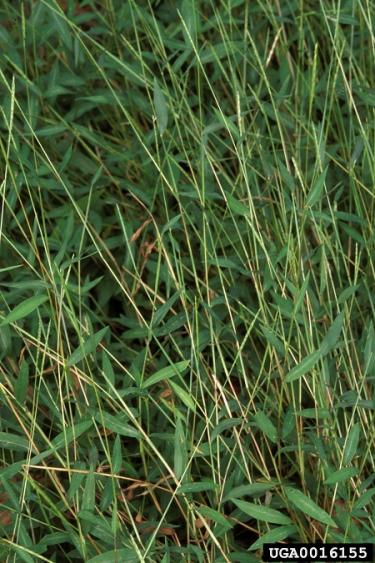Your Checklist for Preventing Stiltgrass
Spread the love but not this weed.
Three steps can help you protect your land from stiltgrass infestation:
- Learning to spot it. Stiltgrass resembles several different native grasses, so it can be tricky to identify. To differentiate it, look to its distinctive leaves: they should be pale green, lance-shaped, asymmetrical, about 3 inches in length, with a shiny, silvery stripe of reflective hairs down the middle of the upper leaf surface.
- Keeping it clean. Stiltgrass seeds can be spread by water (such as surface runoff or floodwaters), in nursery plants or purchased soil or gravel, and on the feet of animals (including humans). Once the seeds are on your property, they can remain viable in the soil for five or more years. So it’s important to inspect and clean shoes, clothing, vehicles and equipment that come into contact with stiltgrass seeds.
- Keeping an eye on it. Stay vigilant and act quickly if you see a stiltgrass infestation forming on your property.
You’re not alone in fighting stiltgrass. Seek out help and support if you need it—your state, county or consulting foresters, the Forest Service, your local cooperative extension service, and friends or neighbors with stiltgrass experience can all help you find your best way to keep stiltgrass out of your woods.
Previous page
Next page
How can I get more tips?
It’s simple! Enter your email below.

